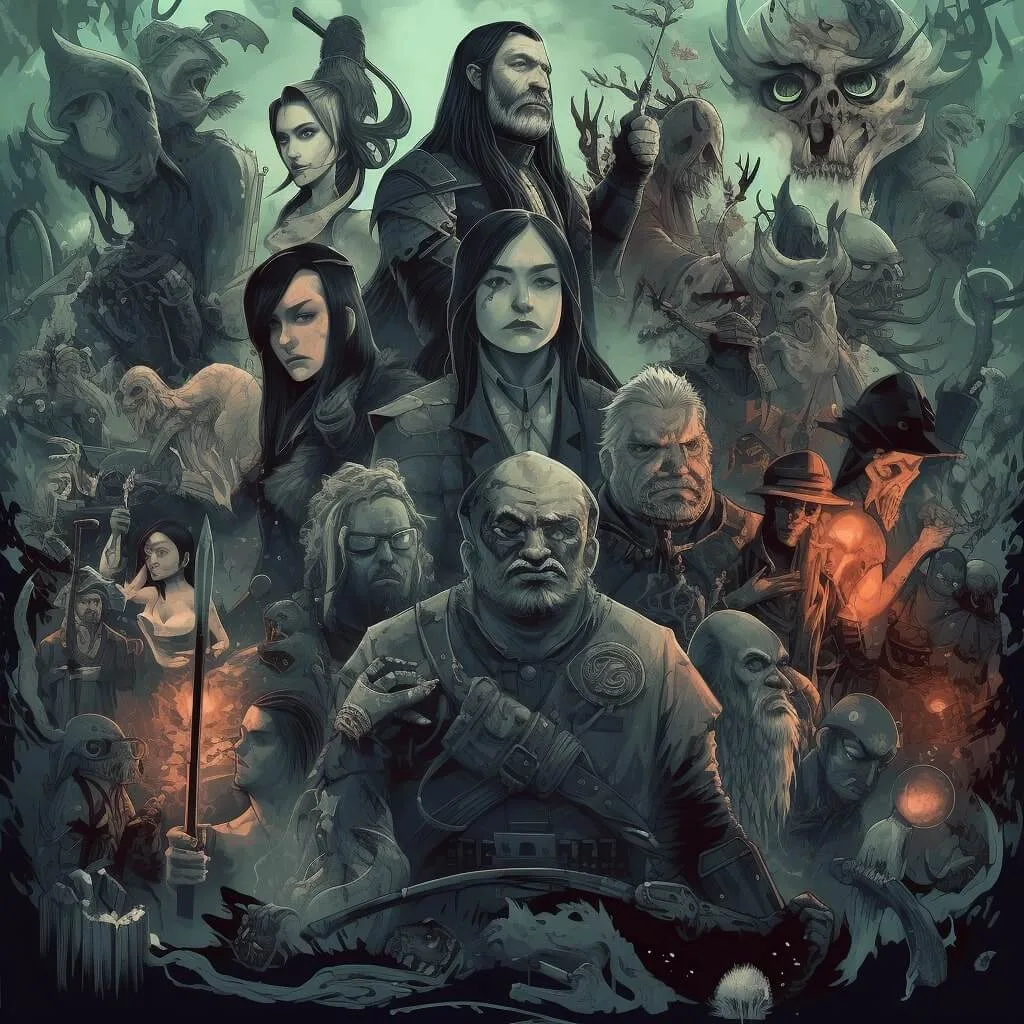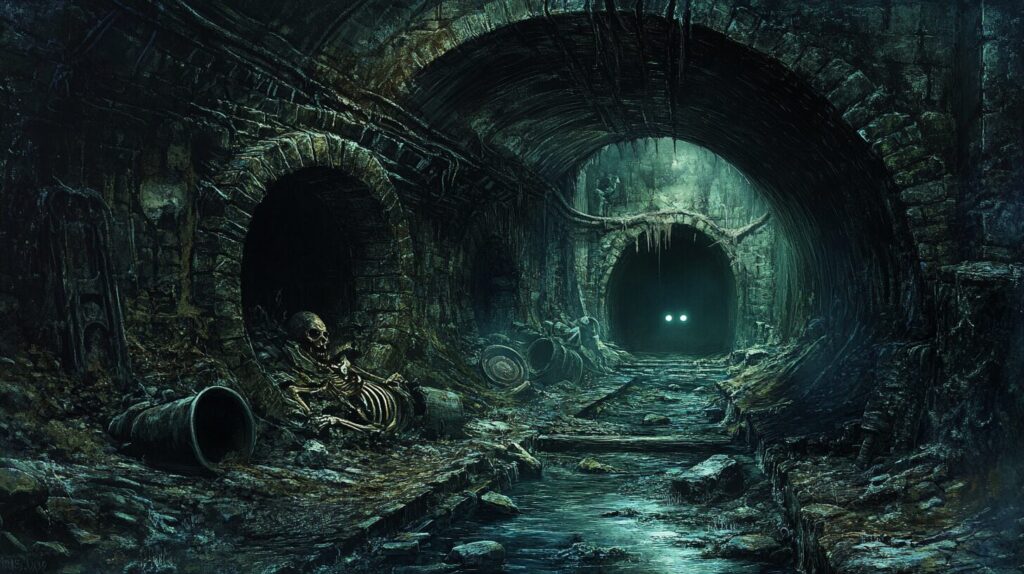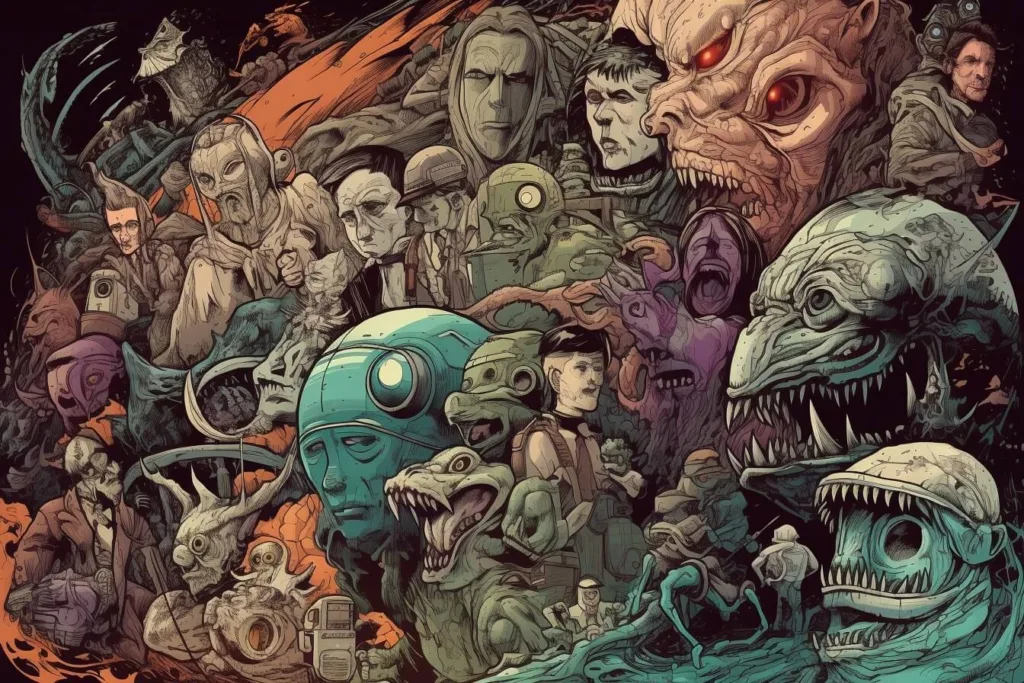How to Create a Stunning Game Writer Portfolio
Creating a game writer portfolio that stands out can open doors to exciting freelance contracts and full-time roles in the gaming industry.
Whether you’re a seasoned professional or a newcomer, a compelling portfolio serves as both your resume and your creative showcase. It reflects your narrative design expertise, world-building skills, and understanding of interactive storytelling.
Let’s explore how to design a portfolio that not only highlights your talent but also markets you as a top-tier candidate.

Why a Game Writer Portfolio Matters
Your game writer portfolio is more than a collection of writing samples. It’s a dynamic representation of your ability to:
- Craft engaging narratives that resonate with players.
- Understand interactive storytelling and player agency.
- Collaborate effectively within a game development team.
In a competitive industry, this is your opportunity to make a lasting impression.
Portfolio Essentials for Game Writers
To ensure your portfolio is impactful, include these essentials:
- Tailored Writing Samples: Showcase a range of skills such as dialogue writing, quest design, and world-building.
- Interactive Projects: Demonstrate your narrative design prowess through Twine, Ink, or visual novel tools like Ren’Py.
- Professional Layout: Maintain a clean, organized structure that guides viewers through your work.
Structuring Your Game Writer Portfolio
The Landing Page
Your portfolio’s landing page should immediately communicate your expertise. Include:
- A professional headshot or logo.
- A concise introduction highlighting your specialization (e.g., character dialogue, narrative arcs, or immersive world-building).
- Links to sections such as writing samples, interactive projects, and professional experience.
Project Organization
Structure your portfolio into sections, each tailored to showcase different facets of your work:
- Writing Samples: Dialogue scripts, flavor text, and codex entries.
- Narrative Design Projects: Detailed quest flows and branching dialogue maps.
- Interactive Fiction: Small playable projects that exhibit your skills in interactive storytelling.
Showcasing Writing Samples
Your writing samples should be versatile yet focused. Examples include:
- Character Dialogues: Showcase your ability to convey personality and drive narratives through spoken words.
- Flavor Text and Codex Entries: Highlight your skill in world-building through concise, immersive text.
- Quest Designs: Demonstrate how you integrate narrative with gameplay mechanics.
Pro Tip: Provide brief context for each sample. Include the purpose of the piece, your creative process, and any challenges you overcame.

Interactive Elements for Game Writers
Interactive elements can elevate your game writer portfolio by showing your ability to merge storytelling with gameplay. Create small projects using:
- Twine or Ink: Showcase branching storylines or interactive dialogue.
- RPGMaker: Build short scenarios that combine narrative with gameplay.
- Ren’Py: Design visual novel segments to illustrate your expertise in player-driven narratives.
These tools allow potential employers to experience your work firsthand.
Building Self-Made Projects
If you’re new to the industry or seeking to expand your portfolio, self-made projects can demonstrate initiative and creativity:
- Create a narrative-driven game using Choice of Games or Episodes.
- Develop a short story-driven RPG showcasing character and plot development.
- Publish interactive fiction pieces that highlight your grasp of storytelling mechanics.
Documenting Projects in Your Portfolio
For each project, provide detailed documentation to give context and demonstrate your process:
- Overview: Describe the project’s goals and audience.
- Your Role: Specify your contributions (e.g., narrative design, dialogue writing, or lore creation).
- Key Decisions: Highlight creative choices that shaped the project.
- Outcomes: Share feedback or results that showcase success.
Documenting Projects in Your Portfolio
For each project, provide detailed documentation to give context and demonstrate your process:
- Overview: Describe the project’s goals and audience.
- Your Role: Specify your contributions (e.g., narrative design, dialogue writing, or lore creation).
- Key Decisions: Highlight creative choices that shaped the project.
- Outcomes: Share feedback or results that showcase success.
Choosing the Right Portfolio Platform
A professional presentation is key. Host your game writer portfolio on a platform that complements your skills:
- Personal Website: Build a dedicated site using tools like WordPress or Squarespace.
- Portfolio-Specific Platforms: Consider options like Carbonmade or ArtStation for a polished look.
- Interactive Options: Use GitHub or Itch.io to host interactive projects.
Ensure the layout is easy to navigate and mobile-friendly.
Marketing Your Game Writer Portfolio
Your portfolio is only effective if it’s seen by the right people. Enhance your visibility through these strategies:
Establish an Online Presence
- Keep an updated LinkedIn profile highlighting your game writing expertise.
- Share samples or updates on platforms like Twitter and Instagram.
- Engage in game development communities, forums, and Discord servers.
Network Strategically
- Connect with local game studios and indie developers.
- Attend game jams or industry events to build relationships.
- Collaborate on projects with other creatives to expand your portfolio and network.
Keeping Your Portfolio Relevant
Regular Updates
Keep your portfolio fresh by:
- Adding recent projects or samples.
- Removing outdated or less relevant content.
- Tailoring your portfolio for specific job applications.
Show Progression
Demonstrate growth by showcasing projects that vary in complexity and scope. This illustrates your adaptability and ambition.
Professional Tips for Game Writers
Client Communication
When working with clients or collaborators:
- Set clear expectations about timelines and deliverables.
- Provide regular updates to keep stakeholders informed.
- Maintain professional and timely communication.
Align Projects with Goals
Select projects that align with your career aspirations. Focus on quality over quantity, ensuring each piece highlights your narrative strengths.
Industry Standards for Game Writers
Stay current with industry trends to ensure your game writer portfolio meets expectations:
- Analyze the narrative techniques used in successful games.
- Understand platform-specific storytelling requirements, such as mobile or console games.
- Follow discussions on emerging tools and technologies in game writing.
Game Writer Portfolio: The Key to Success
Your game writer portfolio is more than a collection of work; it’s a statement of your capabilities and aspirations. By combining polished samples, interactive projects, and strategic marketing, you can create a portfolio that captures the attention of industry professionals.
Remember, the gaming industry thrives on innovation and collaboration. Showcase not only your writing skills but also your understanding of how storytelling enhances player experiences. With dedication and regular refinement, your portfolio will become a powerful tool for landing contracts and freelance opportunities.
Game Writer Portfolio: FAQs
Include diverse writing samples, interactive projects, and detailed documentation of your creative process.
Use tools like Twine, RPGMaker, or Ren’Py to create small, playable projects.
Personal websites or portfolio platforms like ArtStation offer a professional presentation.
Update regularly with new work, removing outdated content to keep your portfolio relevant.
Engage with game development communities, attend industry events, and connect with developers through social media.
Yes, especially if it showcases your narrative design skills or ability to create compelling stories.





